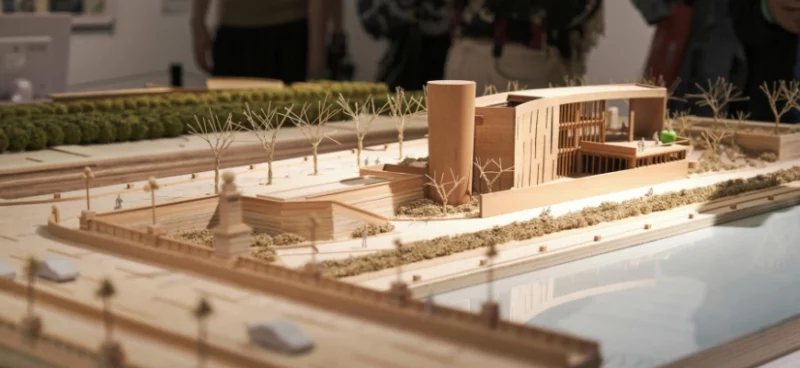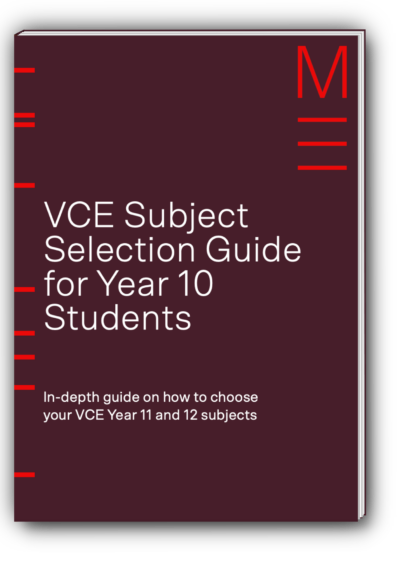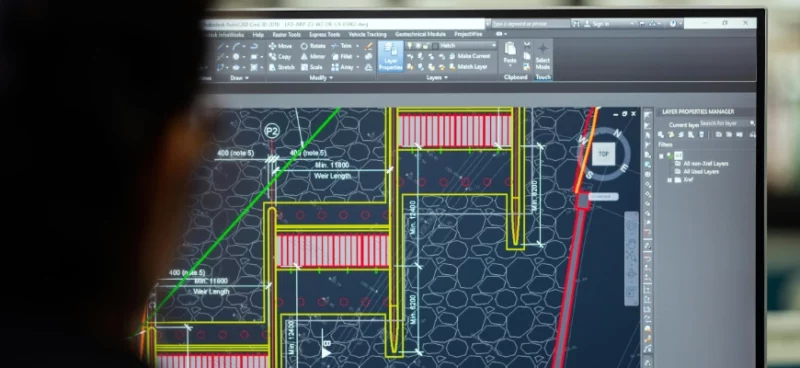- Show a range of work: include sketches, technical drawings, and personal projects.
- Think beyond buildings: sculptures, paintings, and photography can also show your creativity.
- Focus on key design elements: aim to show your understanding of:
- Form and function
- Balance and proportion
- Composition
- Space and structure
The goal is to show that you can think like a designer and bring ideas to life visually.
Start building your portfolio as early as possible, even if it’s just small personal projects at first. The more work you have to choose from, the better your final portfolio will be.
Keep refining your skills and updating your portfolio as you learn new techniques








